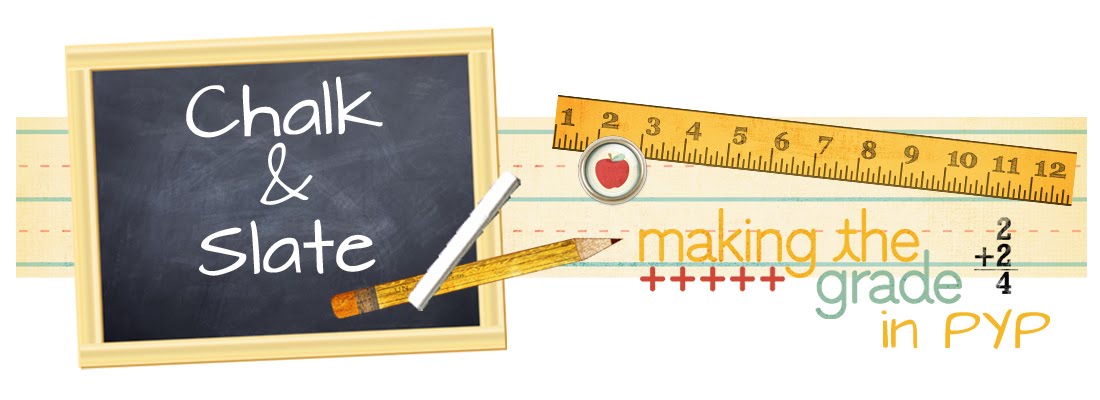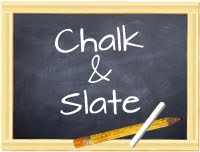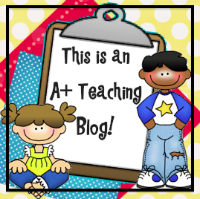Our first Unit of Inquiry in Grade 3 is How we learn and more specifically an inquiry into how people learn differently depending on where they live. I'm so grateful that we picked this unit to teach first as it is a fantastic vehicle for my students, and myself, to be reflective about how each of us learns and analyze what that truly means for our classroom community.
In the first 4 weeks of school we discussed in detail what type of learning environment we wanted in our classroom as well as our school as a whole. Through this process we created our classroom agreements and the kids were able to take real ownership in decisions made. My partner teacher, Alma, guided our students in discovering our central idea by having each student write about who they are and where they come from. After this was completed we each sat with our own class in front of our world maps and had each child read what they had written. As each student came up I marked the world map with their home countries. I then guided the discussion with questions about school in their country of origin. Through the questions and answers the kids started to make the connection that school is different depending on where you live. From this we were able to discuss what we thought different learners needs are depending on where they live. The connections that my kids made through this lesson was amazing to watch. I am awestruck almost daily by the thinking that my students engage in by discovering knowledge on their own.
Here is the map that hangs in our classroom. Each student's picture and self written profile is hung around the map as well.

In our next unit lesson I read to my students about Hellen Keller and her teacher Annie Sullivan. I used the book
Hellen Keller (her life in pictures) by George Sullivan. My students were fascinated by Hellen and her ability to learn to communicate through her hands. The cover of the book has a wrapper that is printed in braille. The kids passed it around and took turns trying to identify different letters. Later that day during Maths, two of my boys were done early and asked if they could get on the computer to look up braille and sign language. They spend several days going back to the internet to read as much as they could find. As part of the IB curriculum we look for evidence that students are applying what they learn and are taking ownership of their own knowledge. It was delightful to see the boys get so curious about Hellen Keller and different forms of communication. The next morning I found two students reading books about Hellen Keller, including one that I didn't even remember that I had. They had found it in our classroom library and were reading it to each other.
The great thing about the Hellen Keller lesson is that it led to another wonderful discussion about how we learn and what each of our individual needs are.
A few days after the H.K lesson I introduced my students to the different learner profiles. We talked about visual, auditory and kinesthetic leaners. As soon as we started talking about them one of my students raised his hand eagerly to tell me that he was certain that Hellen Keller was a kinesthetic learner. The connection between the two lessons was amazing to see. It feels so great to know that my students are taking in what we learn together and constructing their own knowledge. For the first time I think I understand exactly what Vygotsky really meant.
On that note...I know it was a long and boring one today, I'm off to sleep and eagerly await tomorrow with my amazing class!!!
But I'll post some more pictures of the classroom just to give you something to look at. =0)







































